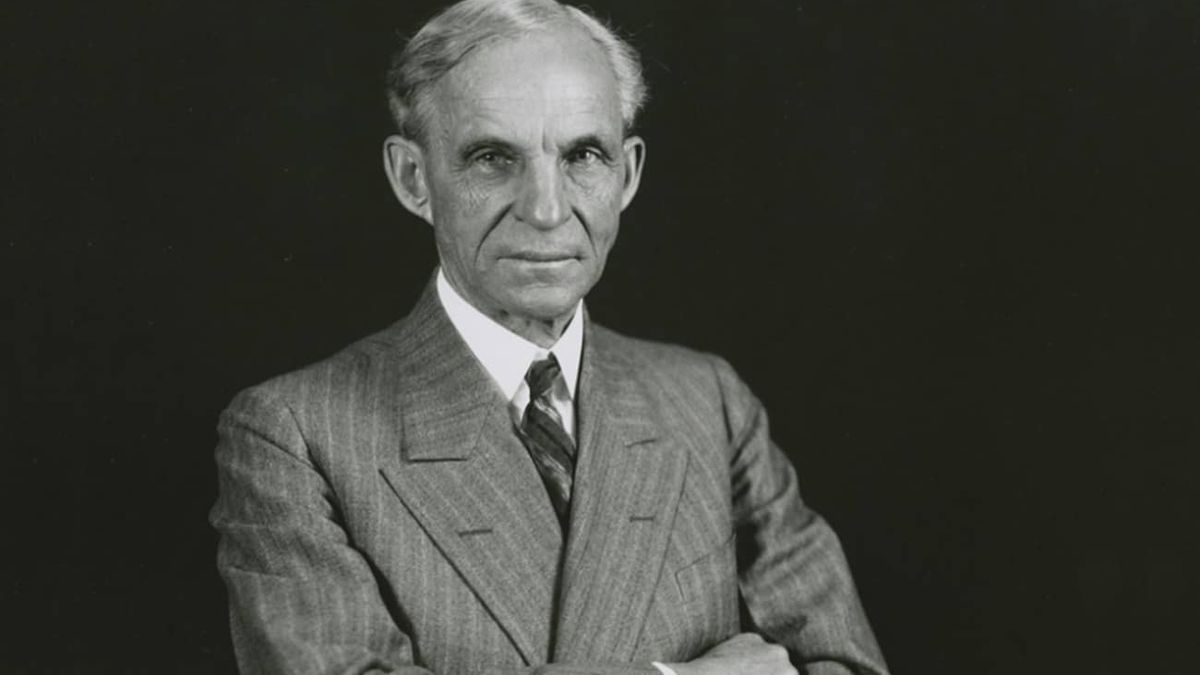JAKARTA - In 1921, American industrialist Henry Ford proposed the creation of an "energy currency" that could form the basis of a new monetary system. This type of currency offers striking similarities to the peer-to-peer electronic money system outlined in Satoshi Nakamoto's 2008 white paper Bitcoin.
On December 4, 1921, the New York Tribune published an article outlining Ford's vision of replacing gold with an energy currency that he believed could break the banking elite's grip on global wealth and end the war. He intends to do this by building "the largest power plant in the world" and creating a new currency system based on "units of power."
Ford, who founded the Ford Motor Company in 1903, told the publication:
“Under the energy currency system, the standard is the amount of energy supplied for one hour which is equivalent to one dollar. It's just a case of thinking and calculating in different terms than those set to us by the international banking groups we're so used to so we don't think any other standard is to be desired.”
"The specifics around currency values will be finalized when Congress cares to hear about it," he added.
While Ford was never able to advance his vision of a fully backed currency, Bitcoin seems to have proven that idea a century later. Since 2009, more than 18.8 million BTC has been created through energy-intensive mining that requires computers to solve increasingly complex mathematical problems.
This proof-of-work mining process has drawn strong criticism for its alleged environmental impacts. This is seen by Bitcoin proponents, as a petty claim that ignores Bitcoin's ability to accelerate the shift to renewable energy.
On the relationship between gold and war, Ford explains:
“The essential evil of gold in relation to war is the fact that gold can be controlled. Break the control and stop the war."
Some of Bitcoin's most ardent proponents believe that the sound principles of cryptocurrency can eliminate war by reducing the ability of countries to fund conflict through inflation.
While the gold standard made it difficult for governments to inflate their currencies, "international bankers," as Ford described it, controlled most of the supply of gold bullion. This process of controlling and collecting valuable commodities allowed the financial elite to create active financial markets, which thrived during wartime.
The remnants of the gold standard were abandoned in 1971 by US President Richard Nixon, who said that his government would temporarily suspend convertibility between the dollar and gold bullion. The so-called quasi-gold standard would last until 1973, with all definitions linking the dollar to gold bullion removed in 1976. In essence, however, the gold standard system was abolished by the British government in 1931, with the US following two years later.
The New York Tribune article circulated on Reddit's r/CryptoCurrency page on Saturday, September 18, where it received many positive votes. While Satoshi Nakamoto never mentioned Henry Ford in online forum posts, some Reddit users have speculated that Bitcoin's creators may have been influenced by Ford. Others jokingly say that Satoshi is actually Ford's reincarnation, given Henry Ford's belief in the theory of reincarnation.
The English, Chinese, Japanese, Arabic, and French versions are automatically generated by the AI. So there may still be inaccuracies in translating, please always see Indonesian as our main language. (system supported by DigitalSiber.id)









